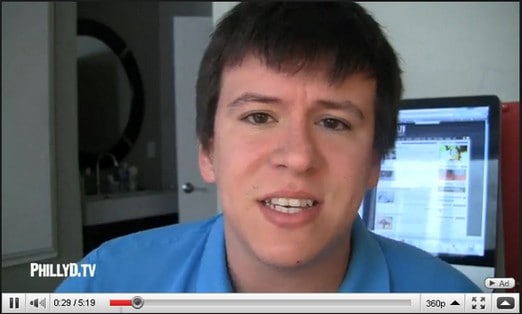According to CNet News, a half decade after YouTube’s birth, the site exceeds 2 billion views a day. It seems that everyone–from music labels to mainstream Hollywood studios to television networks–has joined the movement.
Amid this vibrant, fertile, and expanding landscape, a creative class of budding, do-it-yourself media moguls–part distributor, part content creator, part producer, part entertainer– is emerging.
Fueled by the evolution and growth in advertising, new media’s emerging creative class represents brands that few in the mainstream have heard of, yet it commands weekly audiences that often dwarf some of network television’s biggest shows on a good night. Like the cable brands of the mid- and late 1970s (Showtime, HBO, etc.), their slow and steady success has transformed them into video juggernauts and positioned them to dominate the online (and potentially offline) video market in the years to come.
Take, for example, Shane Dawson, who commands more than 35 million monthly views across his latest YouTube videos. That exceeds the typical “American Idol” finale. Or YouTube user Phil DeFranco, whose channel on YouTube, as pointed out by a recent article in Fast Company, “has beaten ‘Larry King Live’ and ‘The O’Reilly Factor’ in daily audience.” Views interest advertisers, and advertisers bring in money. As DeFranco points out in the same Fast Company article: “Some YouTubers in 2010 will make seven-figure incomes.”
New media’s emerging creative class isn’t lucky; it’s just damn smart and hard-working. It’s easy to dismiss a user like Lucas Cruikshank as a niche player whose obnoxious Fred Figglehorn character speaks only to tweens while making parents’ ears bleed. The truth is, the 16-year-old and others like him are far savvier than the establishment thinks.
They are not only the actors and stars of their show, but they are the producers, the copy editors, and cinematographers; they work to market themselves, close advertising deals, and sometimes employ a team to support and promote them.
They seek film projects, and engage brands and even traditional networks to potentially act as a distributor. After all, being able to directly reach an audience of 30 million 15-year-olds is clearly a channel many advertisers and established media would pay good money to connect with.
Photo by Phil DeFranco.
